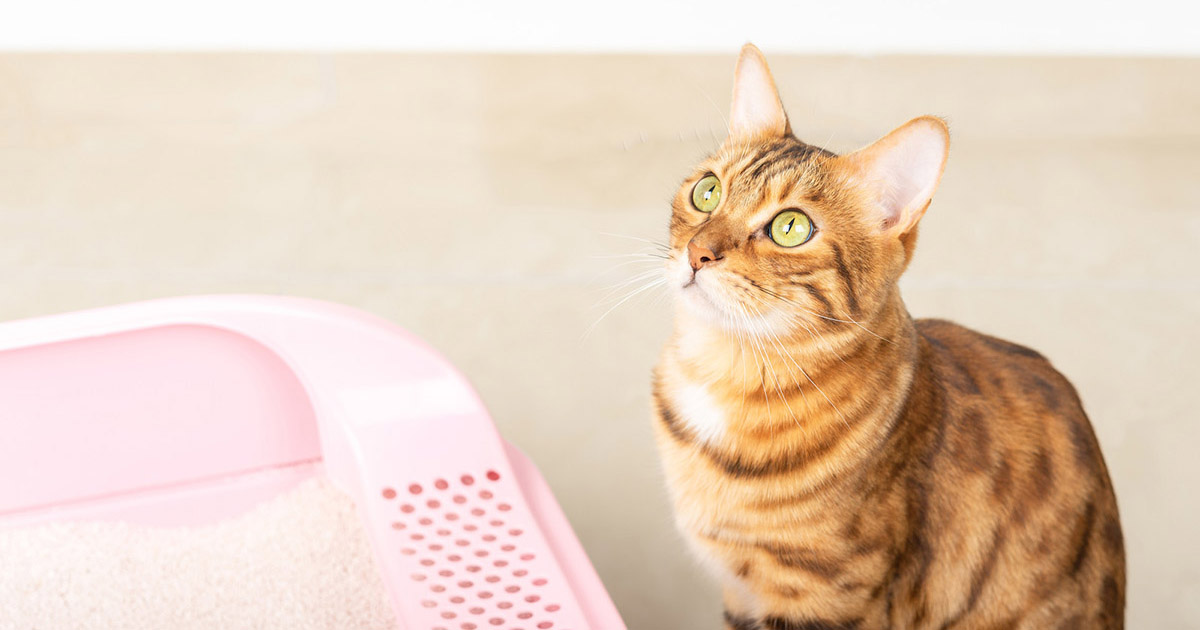Every person has their own individual conception with regards to How to Dispose of Cat Poop and Litter Without Plastic Bags.

Intro
As cat owners, it's important to bear in mind just how we dispose of our feline buddies' waste. While it might seem hassle-free to flush pet cat poop down the bathroom, this method can have harmful repercussions for both the setting and human health and wellness.
Environmental Impact
Flushing cat poop introduces hazardous pathogens and bloodsuckers into the water system, positioning a considerable threat to water environments. These contaminants can negatively influence marine life and concession water top quality.
Wellness Risks
In addition to environmental concerns, flushing feline waste can additionally position wellness dangers to human beings. Feline feces may contain Toxoplasma gondii, a bloodsucker that can create toxoplasmosis-- a possibly serious ailment, especially for expecting females and people with damaged immune systems.
Alternatives to Flushing
Fortunately, there are safer and a lot more responsible ways to throw away cat poop. Take into consideration the following alternatives:
1. Scoop and Dispose in Trash
The most typical method of taking care of pet cat poop is to scoop it right into an eco-friendly bag and toss it in the garbage. Make certain to use a devoted litter inside story and deal with the waste immediately.
2. Usage Biodegradable Litter
Opt for biodegradable feline trash made from materials such as corn or wheat. These clutters are environmentally friendly and can be securely disposed of in the garbage.
3. Hide in the Yard
If you have a backyard, take into consideration burying pet cat waste in an assigned location far from vegetable gardens and water sources. Be sure to dig deep adequate to prevent contamination of groundwater.
4. Install a Pet Waste Disposal System
Purchase a family pet garbage disposal system especially developed for pet cat waste. These systems use enzymes to break down the waste, lowering odor and environmental influence.
Conclusion
Liable pet ownership expands past providing food and sanctuary-- it also includes proper waste administration. By avoiding flushing cat poop down the bathroom and choosing alternative disposal methods, we can reduce our environmental impact and protect human health and wellness.
Why Can’t I Flush Cat Poop?
It Spreads a Parasite
Cats are frequently infected with a parasite called toxoplasma gondii. The parasite causes an infection called toxoplasmosis. It is usually harmless to cats. The parasite only uses cat poop as a host for its eggs. Otherwise, the cat’s immune system usually keeps the infection at low enough levels to maintain its own health. But it does not stop the develop of eggs. These eggs are tiny and surprisingly tough. They may survive for a year before they begin to grow. But that’s the problem.
Our wastewater system is not designed to deal with toxoplasmosis eggs. Instead, most eggs will flush from your toilet into sewers and wastewater management plants. After the sewage is treated for many other harmful things in it, it is typically released into local rivers, lakes, or oceans. Here, the toxoplasmosis eggs can find new hosts, including starfish, crabs, otters, and many other wildlife. For many, this is a significant risk to their health. Toxoplasmosis can also end up infecting water sources that are important for agriculture, which means our deer, pigs, and sheep can get infected too.
Is There Risk to Humans?
There can be a risk to human life from flushing cat poop down the toilet. If you do so, the parasites from your cat’s poop can end up in shellfish, game animals, or livestock. If this meat is then served raw or undercooked, the people who eat it can get sick.
In fact, according to the CDC, 40 million people in the United States are infected with toxoplasma gondii. They get it from exposure to infected seafood, or from some kind of cat poop contamination, like drinking from a stream that is contaminated or touching anything that has come into contact with cat poop. That includes just cleaning a cat litter box.
Most people who get infected with these parasites will not develop any symptoms. However, for pregnant women or for those with compromised immune systems, the parasite can cause severe health problems.
How to Handle Cat Poop
The best way to handle cat poop is actually to clean the box more often. The eggs that the parasite sheds will not become active until one to five days after the cat poops. That means that if you clean daily, you’re much less likely to come into direct contact with infectious eggs.
That said, always dispose of cat poop in the garbage and not down the toilet. Wash your hands before and after you clean the litter box, and bring the bag of poop right outside to your garbage bins.
https://trenchlesssolutionsusa.com/why-cant-i-flush-cat-poop/

I found that piece of writing on Can You Flush Cat Poo or Litter Down the Toilet? while perusing the search engines. Sharing is nice. You just don't know, you may just be doing someone a favor. Thanks for your time spent reading it.
Go Deal